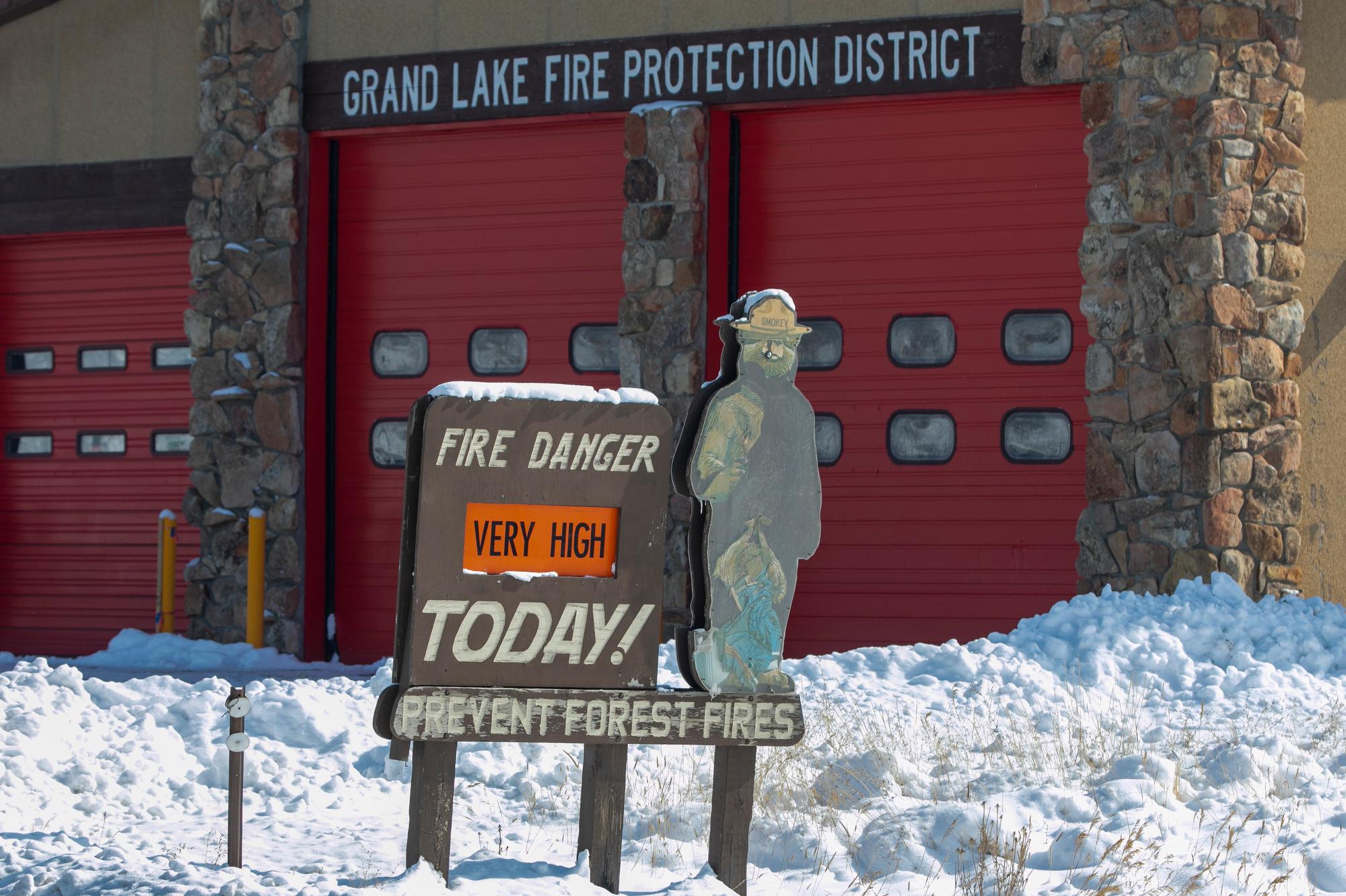
The term ‘red flag warning’ often appears in Colorado forecasts. But what does this term mean and how do experts determine when to issue one?
“There are two parts to red flag warnings,” said Mark Wankowski, a meteorologist with the National Weather Service’s office in Pueblo. “There's a meteorological part and there’s a fuels portion.”
Concerning fuels, Wankowski said the forecast agency gets information from state and federal land managers and the U.S. Forest Service on whether trees, grasslands, and other vegetation are “conducive to burning.”
For the meteorological portion, Wankowski said there are two key criteria: sustained winds or gusts that exceed 24 mph for three or more hours, plus relative humidity levels of 15 percent or lower.
Together, these conditions present extreme wildfire danger. Under a red flag warning, “If a fire did develop, you'll see a rapid expansion in burns,” Wankowski explained.
How common are red flag warnings in Colorado?
According to National Weather Service data, federal forecasters issued red flag warnings on 114 days in 2023. For nearly a third of those days, at least one part of the state was susceptible to the rapid spread of wildfire.
However, red flag warnings aren’t always indicative of when Colorado will or will not see a wildfire. For example, the Marshall Fire, the most destructive fire in state history, started on Dec. 30, 2021. There was no red flag warning in effect that day, the data show.
How does a red flag warning differ from a fire weather watch?
A fire weather watch is a precursor to a red flag warning.
“If we think red flag conditions will be possible, we can issue a fire weather watch up to 48 hours in advance” Wankowski explained.
If the criteria for a red flag warning are projected, the National Weather Service can issue a warning up to 24 hours in advance.
What shouldn’t I do during a red flag warning?
“Anything that would cause a spark,” Wankowski said.
This includes obvious activities, like creating campfires and burning waste. But Wankowski also had other examples.
“If you're cutting your lawn during a red flag day and your lawnmower hits a rock and creates a spark,” that can start a wildfire.
Farmers can also ignite a wildfire using machinery.
“They should not be working in their fields or using something that could cause a spark,” Wankowski cautioned.
Marcel Mesatas of the Pueblo Fire Department noted that welding and grinding activities should also be avoided, as should vehicles dragging chains.
Plus, there’s the issue of a “hot box,” or locked wheel on a train car. These wheels “can bind or the brake can hold the wheel locked,” Maestas explained. Then, as the train “goes down the tracks, it emits sparks and it'll start fires all along the railroad lines.”
Maestas said he’s seen this happen several times.
“People cause the majority of wildfires,” Wankowski said. “So that is why we try and educate people when conditions are right for rapid spread of fire.”









